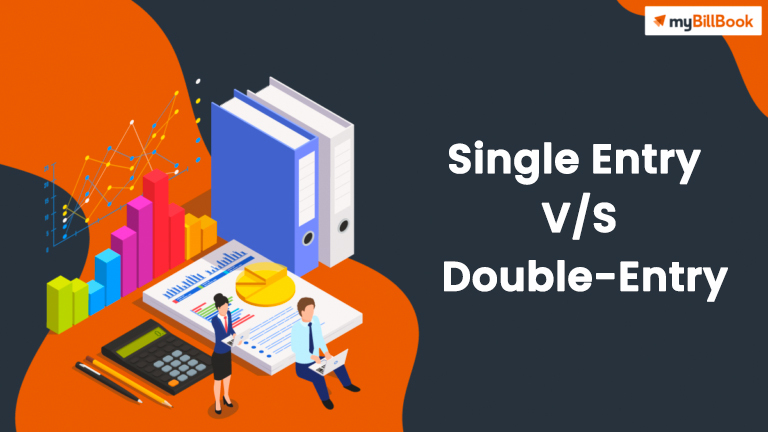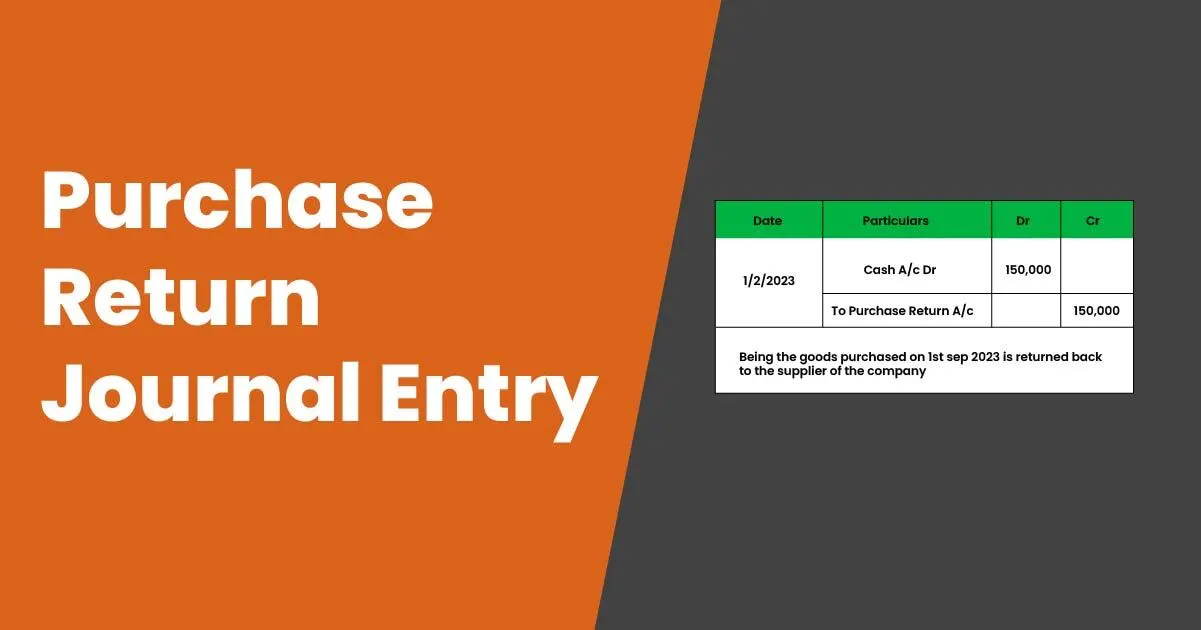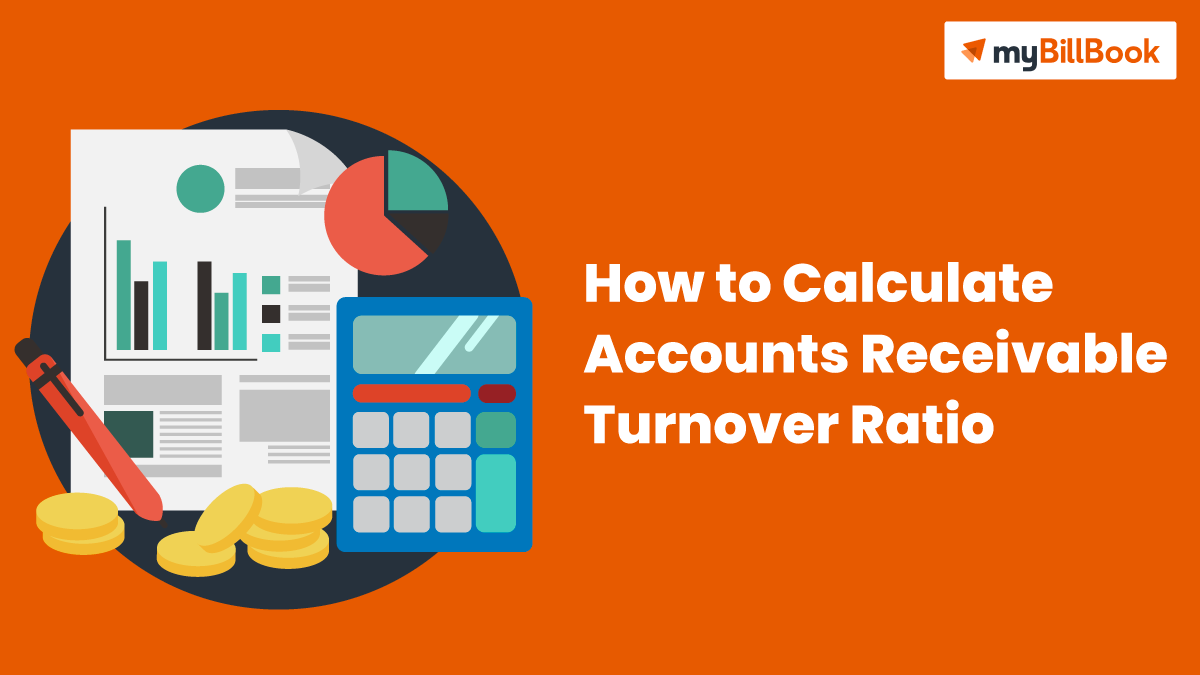Keeping track of a company’s financial transactions, organising them for future reference, and creating financial statements is known as bookkeeping. Organisations use either a single entry or a double-entry system to record transactions. The first is easier and takes less time, while the second completely records all transactions that require a lot of time and effort.
Bookkeeping is critical for maintaining accurate financial records. But, many small firms struggle to execute it effectively. Bookkeeping can assist you in developing a budget, ensuring tax compliance, evaluating your business’s performance, and assisting in making decisions.
Single Entry System – Definition
One of the most basic and easy bookkeeping methods, single-entry bookkeeping records each transaction as a single line item in a journal. For cash-based bookkeeping, a journal keeps track of how much money comes in and goes out.
The single-entry accounting method is primarily used to record financial disbursements and receipts. In the cash book, you will record both incoming and outgoing funds. Typically, assets and liabilities are tracked separately. This system maintains data for taxes paid, accounts payable, cash, receivables, and a few other accounts.
The single-entry bookkeeping system is a cost-effective method of documenting and tracking financial transactions. There is no need to hire specialised accountants or financial experts to keep track of a company’s financial operations. Furthermore, due to the small number of financial transactions, keeping a significant number of books is not necessary.
Accounting Fundamentals: Single Entry System
- Single-entry bookkeeping may be the best option if you have a small business firm with a limited volume of transactions.
- With single-entry accounting, you can keep track of cash, tax-deductible expenses, and taxable income.
- A single entry system differs from a check register in that each transaction is entered with only one entry.
- Entries are entered in one column as positive or negative values.
- Keep a two-column ledger for revenue and expenses, with single-entry bookkeeping.
- Each transaction is entered on a single line, so it is still called “single-entry.”
- A business owner may open and manage only personal accounts in this accounting system.
How Does The System Of Single Entry Work?
Single-entry bookkeeping uses a cash book to track revenue and spending. First, begin with your current cash balance for a specific period, then add your income and subtract any expenses you incur. After taking into account all of these transactions, you can compute the cash balance that remains at the end of the specified period. Due to the constant updating of the balance, an organisation is unlikely to go overdrawn on its bank account. A small business person can always view the balance at a glance.
Types of Single-Entry Accounting Systems
1 – Pure Single Entry
There is no information on sales, purchases, cash and bank balances available in this; primarily, personal accounts are included. Therefore, this method is not quite useful in the real world because it provides no information about cash or daily transactions.
2 – Simple Single Entry
Even though this account is maintained using a double-entry method, only two accounts are considered, namely, the personal accounts and the cash accounts. Therefore, only entries from these accounts are examined, and no other accounts are considered.
3 – Quasi Single Entry
In addition to the personal and cash accounts, several subsidiary accounts are maintained in this method of accounting. Mainly sales, purchase, and bill books. Discounts are also recorded. Additional important information, such as wages, rent, and salaries, is also available. This method is used instead of a double-entry accounting system.
Examples of Single Entry Bookkeeping
If we sold items to Ram on a credit basis for 10,000/-.
It might be represented as,
The outstanding amount of Ram is Rs. 10,000/-.
(The second account in which we must get funds from the Ram is not specified here.)
This bookkeeping method is only ideal for small businesses such as single stores.
The law/taxation dept does not authorise this procedure.
Double Entry System – Definition
Double-entry accounting is a system of documenting transactions in which each company transaction is recorded, like a debit or credit in two accounts. The debits and credits in a double-entry bookkeeping system must be balanced.
The double entry procedure is important when preparing financial accounts as it offers the arithmetic accuracy required by the tax department.
Accounting Fundamentals: Double Entry System
- A transaction is split across two accounts in a double-entry bookkeeping system. One account is debited, and the other is credited.
- A two-fold effect ensures that the system is accurate, comprehensive, and in compliance with GAAP. Each transaction is thoroughly recorded.
- Starting with source documents, this method proceeds to the journal, ledger and trial balance before moving on to financial statements preparation.
- Because this system fully records transactions, there are fewer opportunities for fraud and embezzlement. Errors are easily identifiable.
- With the two-fold character of the accounts, they can be reconciled.
- Tax laws also recommend that transactions be recorded using a Double Entry Accounting system. This procedure is more time-intensive than using a single-entry method.
How Does The System Of Double-Entry Work?
For error-free transactions, the debits and credits must always match. The double-entry accounting system is based on the following formula:
Assets = Liabilities + Owner’s equity
Your equation must be balanced on both sides at all times.
Types of Double Entry Accounting Systems
The following are the many accounts that are taken into consideration when recording the transactions:
1. Asset Account – It indicates the amount of money related to an individual’s or an entity’s property. It could be a source of money or property.
2. Liability Account – This statement demonstrates what the same person owes the market. Liabilities are financial obligations to repay the amounts.
3. Revenue Account – This account is used to track the cash received by the account entity in revenues or interest.
4. Expense Account – This account reflects the total expenditure on goods and services, brand-lifting costs, advertising and publicity charges, etc.
5. The capital – The equity account records the owner’s initial capital investment and subsequent investments and earnings in the business. A company’s equity account is reduced when the owner withdraws cash for personal use, as is when the company suffers losses.
Examples of Double Entry Bookkeeping
If we sold items to Ram on a credit basis for 10,000/-.
The Ram account will be debited, and the Sales account will be credited.
As Ram is the receiver of assets, we are the givers of goods.
Due to the dual effect recordings, this system is comprehensive, accurate, reliable, and legally acceptable. In this system, every business organisation follows accounting rules.
Comparing Single and Double Entry Bookkeeping
The following are the primary differences between single entry and double entry systems:
| BASIS OF DIFFERENCE | SINGLE ENTRY SYSTEM | DOUBLE-ENTRY SYSTEM |
|---|---|---|
| Details | A single-entry system is insufficient. In some circumstances, both aspects are recorded, whereas, in others, only one or none are recorded. | A double-entry system records both sides of a transaction, providing complete financial data. |
| Object | Only the cash, debtors, and creditors' balances must be recorded. | To be familiar with each financial term used by the company entity. |
| Cost | Because there are fewer accounts in this system, the cost of maintaining the accounts is lower. | Recording transactions in this manner is expensive. Therefore, it is regarded as a luxury by certain businessmen. |
| Comfort with Accounting Principles | Any individual can maintain the accounts in a manner that is convenient for him. | This system requires experienced accountants to record transactions. |
| Book Accuracy | The single entry technique does not allow for book accuracy checks. | A trial balance can examine the accuracy of books. |
| Number of Accounts Available | Only personal bank accounts and a cash book are kept. | There are many different kinds of personal, real, and nominal accounts that can be prepared. |
| Financial Status | It is difficult to determine a company's financial status without a reliable balance sheet. | The balance sheet shows the exact financial condition. |
| Fraud Risks | When using a single entry system, the accounts are more easily modified. Therefore, it raises the risk of fraud. | The double entry approach reduces the chances of fraud by detecting omission and commission errors. |
| Functionality | This system is only for small businesses. | This system is ideal for all sizes of enterprises. |
| Proof | In a dispute, single-entry accounts are not deemed reliable and are therefore not admissible evidence. | In the event of a dispute, double-entry accounts are admissible as evidence. |
| Evaluation | It is impossible to compare financial performance | Accounting results may be easily compared and used to make decisions. |
| Secrecy | Due to the limited number of accounts prepared, it is simple to keep account information private. | As a large number of individuals are involved, maintaining confidentiality is challenging. |
| Profit Or Loss | Obtaining accurate information on a company's profit or loss is challenging and inaccurate. | A double-entry accounting system may determine reliable and accurate profit and loss. |
| Advancement | An outdated and ineffective system. | An evolving and dynamic system. It gets better with time. |
| Assessment of Taxes | Tax officials reject Single Entry System accounts. | Revenue and sales tax authorities respond to accounts prepared using the double-entry procedure. |
| Trial Balance Preparation | There is no trial balance prepared. | A trial balance is constructed. |
| Subsidiary Books | Typically, a cash book is maintained. | Numerous subsidiary books such as a cash book, a sales book, a purchases book, a purchase return book, and a sales return book are prepared. |
| Adjustments | Incomplete records lead to no adjustments. | Adjustments are made when final accounts are prepared. |
Golden Rules of Accounting
Depending on the type of account, each transaction would have a debit and a credit entry.
1. Real Account
2. Personal Account
3. Nominal Account
Accounting principles have been developed depending on the nature of all accounts. For example, all transactions involving a business must be recorded. The entity must generate journal entries reconciled in ledgers to account for these transactions. Journal entries are made under accounting’s Golden Rules. Each account has its set of Golden Rules, resulting in 3 Golden Rules of Accounting. The Golden rules outline how the business treats all transactions.
- Real Account: Debit for what comes in, Credit for what goes out
- Personal Account: Debit the Receiver, credit the giver
- Nominal Account: Debit all expenditures and credit all income
To apply these principles, one must first determine the type of account. These form the basis of accounting and are thus referred to as the Golden Rules of accounting. Without knowing the golden rules of accounting, one cannot make journal entries and thus cannot accurately account for transactions.
Single Entry System vs Double Entry System Differences
- Single-entry transactions are easy and do not require extensive accounting knowledge, but double-entry transactions require extensive accounting understanding.
- A single entry keeps incomplete records, but a double-entry keeps both sides of records.
- Comparing two accounting periods in a single entry system is quite challenging. In the double-entry method, we may immediately compare two accounting periods.
- A single-entry system is a simplistic approach that requires no special skills or knowledge to implement, but the double-entry system is a complicated method that takes special expertise and skills to complete.
- It is uncomplicated to prepare a trial balance or profit and loss account using the single entry system, which means that the country’s financial position cannot be depicted using the single entry system. On the other hand, using the double-entry system can be beneficial when producing an enterprise’s trial balance and statement of changes in financial situation.
- A single entry system is used to manage both personal and cash accounts. Personal, real, and nominal accounts, on the other hand, are maintained using the Double Entry System.
- Frauds are easily detectable in a double-entry system, whereas they are not in a single entry system.
- While the Single Entry approach is optimal for small businesses, larger organisations prefer the Double Entry System.
Conclusion
For very small business owners, the single entry method is appropriate since the business organisation or owner lacks the financial resources to absorb the cost of bookkeeping. In other words, all business owners must use a double-entry accounting method. Although a person with limited accounting expertise can maintain records using the single entry system, the double-entry system evolved due to the method’s inadequacies. As a result, almost every country has adopted the double-entry technique to keep accounting records.
- There are two sides to every transaction, so the sum of one must be the same as the other side's total to make it work. This helps to make sure that records are accurate. - Profit or loss can be determined for any given period. - Indicates the current financial status of the company on any given day. When comparing double-entry accounts to single-entry accounts - It is appealing to businesses that - The system is quite simple to implement, and just a minimal amount of data must be recorded.Frequently Asked Questions
What are the benefits of double-entry bookkeeping?
- The business owner and other relevant parties can access the maximum information.
- Each revenue and expense transaction is documented; ensure that the proper income and loss information is presented.Why is double-entry bookkeeping preferred over single entry?
- Displays all of the funds that are either receivable or payable.
- It is simple to handle both external and internal transactions.
- It becomes much easier to analyse the most recent financial statements.What are the best features of double-entry bookkeeping?
- Reduces the likelihood of errors occurring, and they can be detected and resolved immediately if they do occur.
- It serves as a complete record of the company's operations.
- Ensures the accounting books are arithmetically accurate.How to decide between a single or double-entry bookkeeping system?
- Double-entry accounting outperforms single-entry accounting in terms of efficiency.
- As a result, double-entry accounting is now the most popular and successful data entering method.
- Generally Accepted Accounting Principles (GAAP) require that all large organisations have double-entry accounts rather than single-entry systems to keep track of accounts across all organisations.Who benefits from a single-entry accounting system?
- Have no or a small number of personnel
- Rather than using "accrual accounting," go for "cash basis accounting".
- Because of the nature of its operation, a small number of financial transactions are expected to take place - on any given day at that orthotic company.
- No credit or instalment sales.
- Possess minimal tangible assets such as buildings, equipment, and vehicles.What are the benefits of a single-entry system?
- An organisation does not require specialised software or complicated programming to create a spreadsheet with a single entry system.
- They do not require accounting professionals or to engage the services of an experienced accountant or bookkeeper. It is because a system with a single entry does not require self-balancing.
- Due to the constant updating of the balance, an organisation is unlikely to go overdrawn on its bank account. A small business person can always view the balance at a glance.







